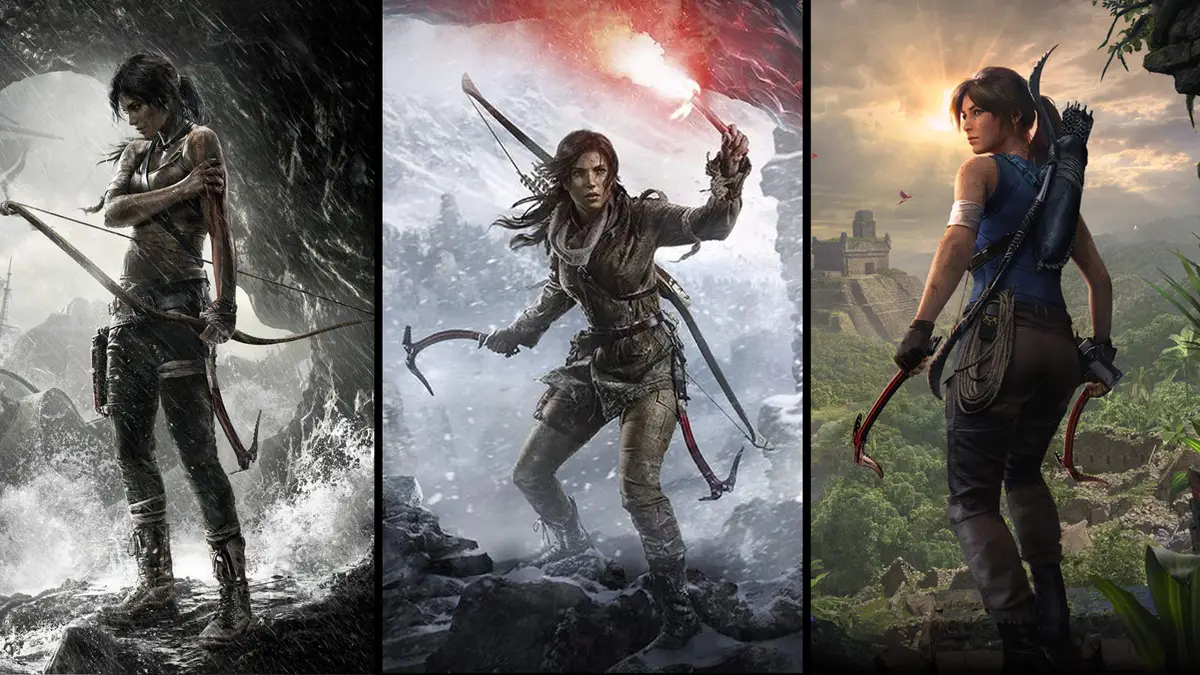The Embracer Group, once a rapidly expanding powerhouse in the gaming industry, has announced a bold move: splitting itself into three distinct publicly traded companies. This decision comes after a period of aggressive acquisitions that some saw as “spending sprees,” leaving the company with a sprawling and diverse portfolio.
A Shopping Spree and its Aftermath
Embracer’s buying spree began in 2019, fueled by cheap borrowing. They scooped up studios and entertainment groups like Crystal Dynamics (Tomb Raider), Gearbox Entertainment (Borderlands), and Dark Horse Media (comics). The crown jewel was Middle-earth Enterprises, granting them the rights to The Lord of the Rings and The Hobbit. This aggressive strategy aimed to create a gaming behemoth, but it came at a cost.
The sheer volume of acquisitions created a complex internal structure. Managing such a diverse range of studios with different specialties and target audiences proved challenging. Additionally, a failed $2 billion partnership deal in February 2024 forced a restructuring. This resulted in layoffs impacting nearly 1400 employees, or 8% of their workforce.
The Three Faces of Embracer
The split aims to streamline operations and unlock the potential of each segment. Let’s delve into the three new entities:
- Middle-earth Enterprises & Friends: This company inherits the prestigious AAA titles. Franchises like Tomb Raider, Dead Island, Killing Floor, and, of course, The Lord of the Rings, will fall under its umbrella. Studios like Crystal Dynamics, Eidos-Montréal, and Warhorse Studios will be part of this powerhouse, focusing on delivering high-budget, narrative-driven games.
- Asmodee: This company focuses on the tabletop gaming market. Asmodee, already a major player in the industry with acquisitions like Fantasy Flight Games and Catan Studio, will become its own entity. This move allows them to capitalize on the booming tabletop market without being overshadowed by the video game giants in the other two companies.
- Coffee Stain & Friends: This company embraces the world of indie and mid-tier development. Studios like Coffee Stain Studios (Goat Simulator) and Deep Silver (Saints Row) will find a home here. This segment can focus on fostering creativity, innovation, and taking risks on promising new titles.
Potential Benefits and Remaining Questions
The split holds promise for several reasons. Firstly, increased focus allows each company to cater to specific audiences and market demands. AAA developers can concentrate on crafting immersive experiences, while Asmodee capitalizes on the strategic and social nature of tabletop gaming. Coffee Stain & Friends can nurture the unique voices of indie studios.
Secondly, the independent structure fosters competition and agility. Each company can build its own identity, attract targeted investments, and potentially streamline internal processes. This could lead to faster development cycles and a more responsive approach to market trends.
However, questions remain. How will the division of intellectual property affect future game development across the companies? Will there be collaboration or competition for resources? The financial impact of the split on each entity is yet to be seen. Only time will tell if this strategic move unlocks the full potential of Embracer’s diverse portfolio.
The Future of Gaming After the Split
The Embracer Group’s split signifies a significant shift in the gaming landscape. It raises questions about the future of large, all-encompassing gaming companies. Will this model become less prevalent? Will we see more specialization and a focus on specific market segments?
For gamers, the answer might be more choice. Each company will likely cater to distinct preferences, offering a wider range of experiences. Additionally, a more streamlined structure could potentially lead to faster development cycles and more frequent releases.
The Embracer Group’s gamble is a bold one, and its success will be closely watched by the industry. Whether it leads to a flourishing of independent powerhouses or creates unforeseen challenges remains to be seen. One thing’s for sure: the landscape of gaming has shifted, and the story of Embracer’s three new ventures is just beginning.
Conclusion
The Embracer Group’s decision to split into three distinct entities marks a transformative moment in the gaming industry. Middle-earth Enterprises & Friends, Asmodee, and Coffee Stain & Friends aim to optimize their diverse portfolios by catering to specific market segments. This strategic move promises increased efficiency, agility, and innovation, offering gamers a wider array of experiences. Yet, it also raises questions about the future of gaming empire conglomerates and resource allocation. Only time will reveal the full impact of this bold maneuver on the gaming landscape.






